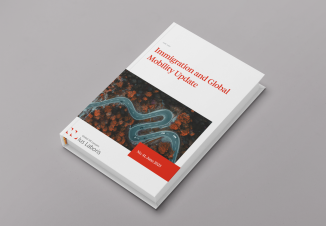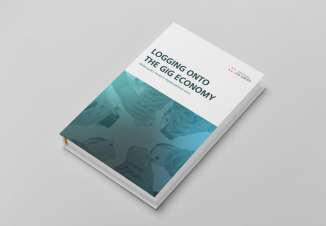
In the UK in 2019/20, 828,000 workers suffered from work-related stress, depression, or anxiety, and 17.9 million working days were lost to it, making it the number one cause of lost working days.[1] Similarly, a study conducted in the US reports that 200 million workdays are lost each year to mental health conditions.[2]
Work-related stress also affects employees’ performance. Studies show that higher stress scores result in significantly lower productivity scores.[3] APA reports that the performance of 59% of employees was negatively affected by work-related stress, causing them to be less interested in work, having less energy or motivation for it, finding it difficult to focus, and putting less effort into their work.[4] According to APA, there is also a strong correlation between people’s wish to change jobs and their stress levels. Among those who wanted to change jobs, 71% were ‘usually stressed’ during their workday.
But what are the main stressors, and how can we prevent them?
Research we looked at[5] shows that work stress is commonly caused by:
Many of these can be alleviated by good HR practices and so it seems clear that the way an employer manages its workforce plays an important role in managing people’s work-related stress.
So, here are a few measures managers can take to prevent or minimise work-related stress faced by employees:
[1] HSE, Working days lost in Great Britain, https://www.hse.gov.uk/statistics/dayslost.htm
[3] Bui, Tina et al. “Workplace Stress and Productivity: A Cross-Sectional Study.” Kansas journal of medicine vol. 14 42-45. 12.02.2021, https://pubmed.ncbi.nlm.nih.gov/33654542/
[4] APA, The American workforce faces compounding pressure, 2021 https://www.apa.org/pubs/reports/work-well-being/compounding-pressure-2021
[5] Bhui, Kamaldeep et al. “Perceptions of work stress causes and effective interventions in employees working in public, private and non-governmental organisations: a qualitative study.” BJPsych bulletin vol. 40,6 (2016): 318-325, https://www.ncbi.nlm.nih.gov/pmc/articles/PMC5353523/; APA, The American workforce faces compounding pressure, 2021, https://www.apa.org/pubs/reports/work-well-being/compounding-pressure-2021
[6] APA, The American workforce faces compounding pressure, 2021, https://www.apa.org/pubs/reports/work-well-being/compounding-pressure-2021
[7] HSE, Work-related stress, anxiety or depression statistics in Great Britain, 2021, https://www.hse.gov.uk/statistics/causdis/stress.pdf
[8] Forbes, Sheryl Lyons, The Benefits Of Creating A Diverse Workforce, 09.09.2019, https://www.forbes.com/sites/forbescoachescouncil/2019/09/09/the-benefits-of-creating-a-diverse-workforce/?sh=3cfe65d0140b
[9] Gompers, Kovvali, Harvard Business Review, 2018, https://hbr.org/2018/07/the-other-diversity-dividend


